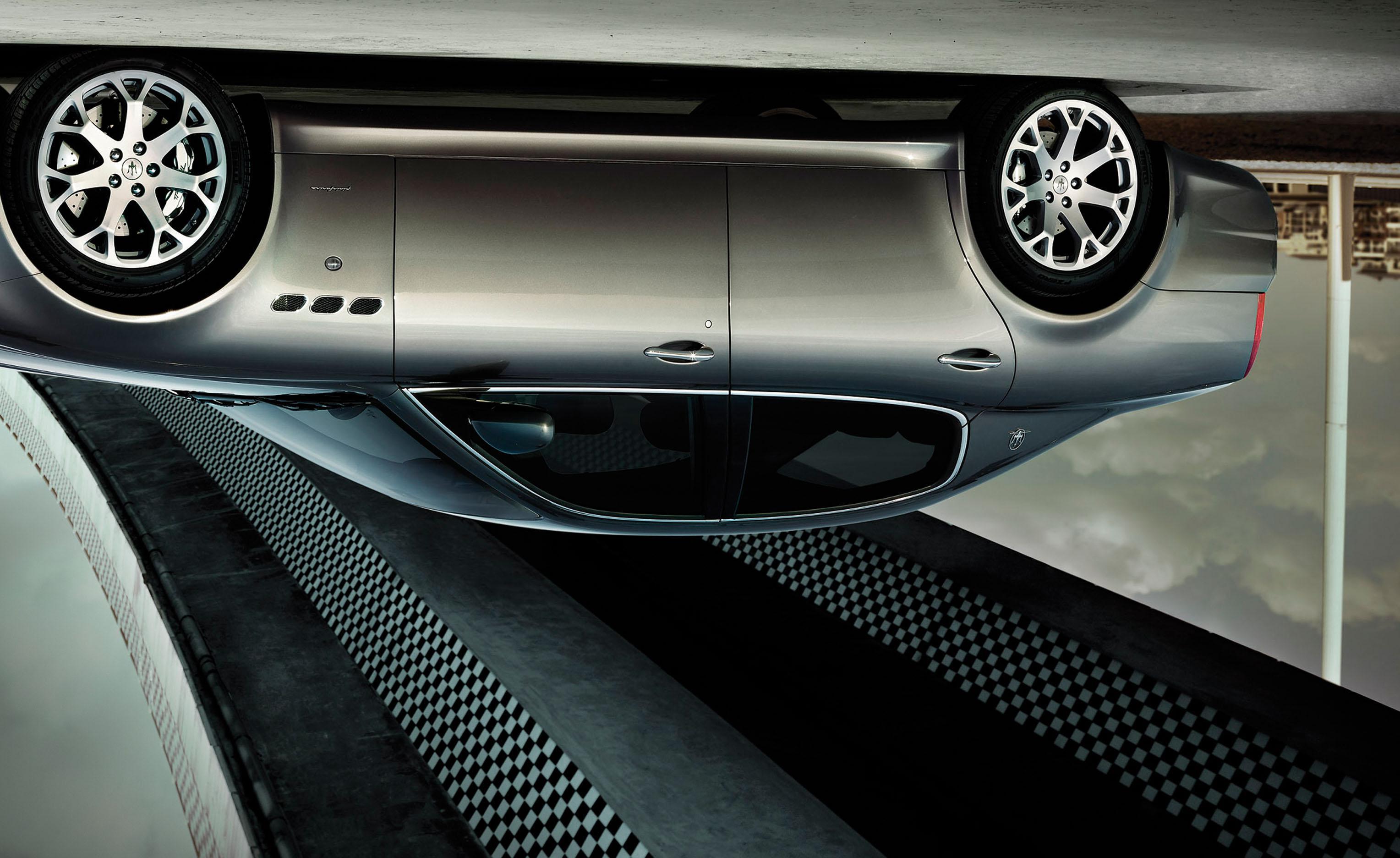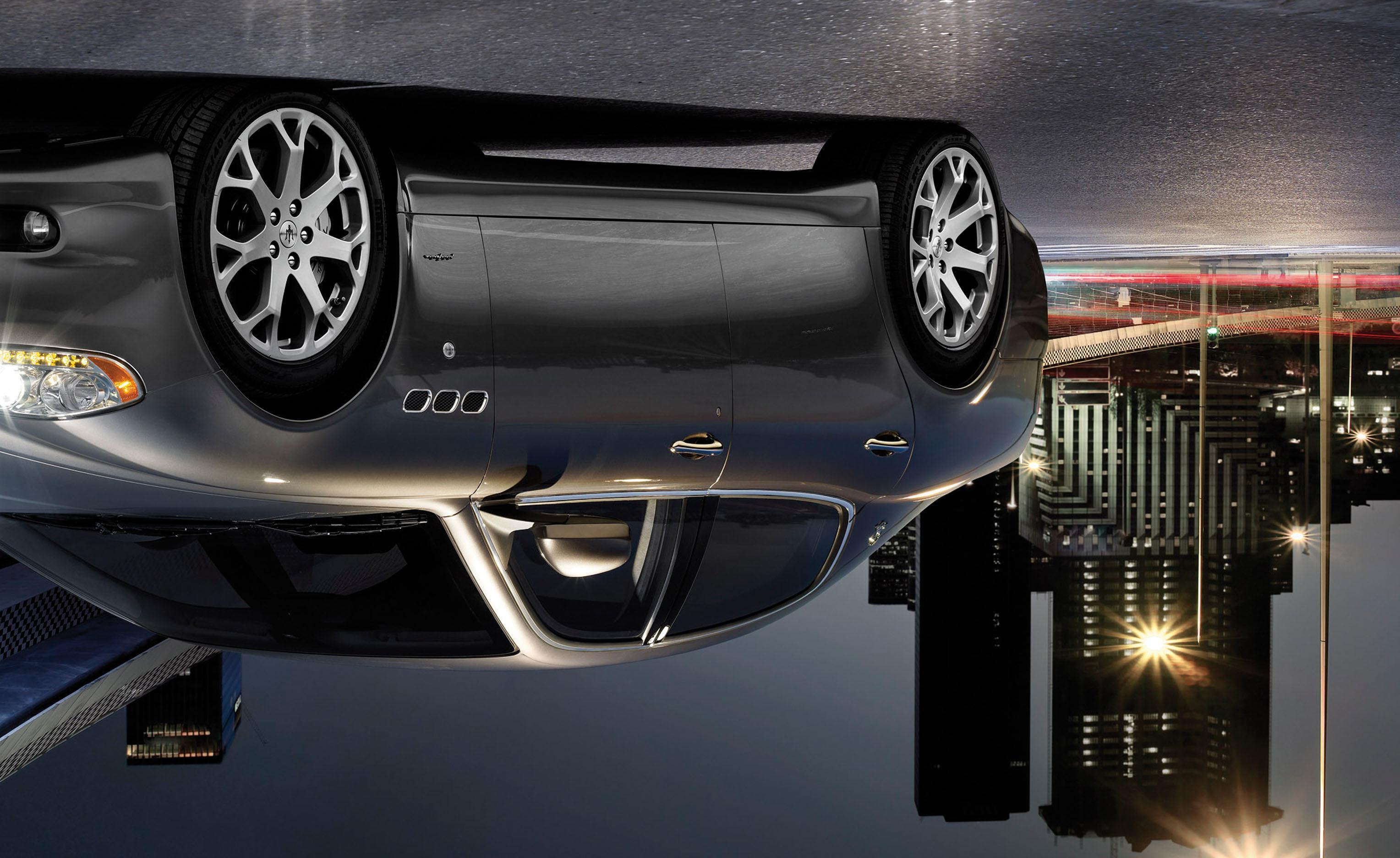
8 minute read
Historical info
1914
The Alfieri Maserati garage is founded in Bologna.
1926
Targa Florio, Tipo 26: debut and victory of a vehicle sporting the Trident symbol on the hood, inspired by the statue of Neptune in Bologna.
1927
Emilio Maserati becomes the outright Italian champion with the Type 26.
1929
Baconin Borzacchini in the Type V4: World land speed record over 10 km at 246 kph.
1930
Borzacchini in the Type V4: first Grand Prix victory in Tripoli.
1933
Maserati, the most prestigious European manufacturer introduces the hydraulic brake control in its racing vehicles. Giuseppe Campari in a Type 8CM wins the French Grand Prix and Tazio Nuvolari wins in Belgium and Nice.
1934
Giuseppe Furmanik in a Type 4CM: World land speed record in the class 1100 at 222 kph.
1939
Wilbur Shaw on a 8CTF wins the Indianapolis 500: Maserati is to remain the first and only Italian manufacturer to win on the legendary Indy motor speedway.
1940
The company moves headquarters to Modena.
1947
The first Granturismo is built: the A6 1500 with bodywork by Pininfarina. The A6GCS racing version debuts victoriously with Alberto Ascari on the Modena circuit.
1954
The 250F, the single-seater which will allow the Maserati to win the Formula 1 World Championships, makes its first appearance winning in Argentina.
1957
Fangio in the 250F wins the world title. At the end of the season, Maserati officially withdraws from racing.
1961
The 3500 GT is the first Italian vehicle to adopt fuel injection.
1963
Production begins of the Mistral and the Quattroporte, the fastest sedan car in the world.
1966
The Ghibli is presented, a coupé designed by Giugiaro.
1968
The Citrôen becomes a partner in the company and the V6 engine goes into production.
The 2+2 Indy is presented.
1971
The Bora is presented, the first Maserati Granturismo with a central engine.
Followed a year later by the Merak.
1973
The Khamsin, designed by Bertone, replaces the Ghibli.
1975
Citrôen leaves the company, which is then bought out by Alejandro De Tomaso.
1976
The new Quattroporte is presented, designed by Giugiaro, which will go on to be used as the official car of the President of the Italian Republic.
1981
De Tomaso changes marketing strategy and starts production of the Biturbo, a two-door sedan with a sixcylinder engine.
1989
The Shamal is the first vehicle to adopt the new biturbo eight-cylinder engine.
1993
Fiat Auto buys out the entire Maserati share package and in 1998 presents the Quattroporte.
1997
Ferrari acquires the majority of Maserati shareholding.
1998
Quattroporte Evoluzione V8 3.2 - V6 2.8.
3200 GT V8.
1999
3200 GT V8 Automatica.
2000
Alfieri Maserati Garage Customization Program.
2001
Production begins of the Spyder with 4200 eight-cylinder engine and the electro-hydraulic, steering-wheel mounted gearbox "Cambiocorsa". Alfieri Maserati garages.
2002
The 2+2 Coupè is presented.
2003
A return to racing with the TROFEO. The Quattroporte designed by Pininfarina is presented, also used as presidential car by the President of the Italian Republic.
2004
The MC12 with 630 HP 12-cylinder engine is born
2005
Maserati wins the FIA GT championship with the MC12.
2006
Presentation of the Quattroporte with automatic gearbox.
2007
The Granturismo, Coupè 2+2 comes to life.
Quattroporte 1963
Quattroporte 1965
Quattroporte 1976
Introduction Consulting the Manual
To facilitate reading and rapid use, the topics are sub-divided into SECTIONS and CHAPTERS. The important parts requiring particular attention are easily identifiable in the sections and chapters:
EXTREME CAUTION
REQUIRED: failure to comply with the instructions could cause hazardous situations involving personal and vehicle safety!
WARNING: aimed at preventing any damage to the vehicle and thus hazards involving the safety of persons.
Abbreviations
Some descriptions and terms with particular meanings are found in this manual in an abbreviated form:
A.C. - AIR CONDITIONING SYSTEM
ABS - ANTI-LOCK BRAKING SYSTEMWheel locking prevention system during braking
ALC -ADAPTIVE LIGHT CONTROLAutomatic headlight aiming system
ASR - ANTI-SLIP REGULATIONPrevention of skidding during acceleration
CAN - CONTROLLER AREA NETWORK
DRL -DAY RUNNING LIGHTS
EBD - ELECTRONIC BRAKE-FORCE DISTRIBUTION - Electronically controlled distributor of braking force
EPB - ELECTRIC PARKING BRAKE
ECU - ELECTRONIC CONTROL UNIT
ETD - EMERGENCY TENSIONING DEVICE
MSP - MASERATI STABILITY
PROGRAM - Yaw prevention monitoring system
TPMS - TIRE PRESSURE MONITORING SYSTEM.
Updating
The vehicle's high quality level is enhanced by constant improvements. Therefore, there may prove to be differences between this manual and your vehicle.
All specifications and illustrations contained in this manual refer to those resulting as of the printing date, and are subject to change without notice.
Service
The information contained in this manual is limited to those instructions and indications that are strictly required for the use and maintenance of the vehicle.
The Owner will certainly obtain greater satisfaction and the best results from the vehicle by following these instructions carefully. We also advise you to have all the maintenance services and inspections carried out at your local Authorized Maserati Dealer, where you will find specialized staff and suitable equipment.
See the "SALES AND SERVICE ORGANIZATION" manual for locations of AUTHORIZED MASERATI DEALERS. Your local Authorized Maserati Dealer is at your complete disposal for any information and suggestions.
Automatic gearbox
The vehicle is equipped with an electronically-controlled automatic gearbox system which, in addition to the normal automatic gearshift functions, allows the user to shift gears in sequence and manually, once the specific mode has been selected.
For correct use of the gearbox system, follow the instructions given in the specific chapter of this manual.
NHTSA’s Toll-free Auto Safety Hotline
If you believe that your vehicle has a defect which could cause a crash, injury or death, You should immediately inform the National Highway Traffic Safety Administration (NHTSA) in addition to notifying Maserati S.p.A. or Maserati North America, Inc.
If NHTSA receives similar complaints, it may open an investigation, and if it finds that a safety defect exists in a group of vehicles, it may order a recall and remedy campaign. However, NHTSA cannot become involved in individual problems between you, your dealer, or Maserati North America, Inc.
To contact NHTSA, you may call the Vehicle Safety Hotline toll-free at 1-888-327-4236 (TTY: 1-800-424-9153), go to http://www.safercar.gov; or write to: Administrator, NHTSA, 400 Seventh Street, SW., Washington, D.C. 20590. You can also obtain other information about motor vehicle safety from http:/ /www.safercar.gov.
Bose® Infotainment
The vehicle is equipped with the Maserati IT "Bose® Infotainment" system, which includes the following features as standard:
–on-board computer;
–satellite navigation system (where digital maps are available);
–Bose® Surround Sound;
–single CD-reader.
On request, these features can be further enriched with Bluetooth function, AUX socket and USB socket.
“Run Flat” tires (optional)
The vehicle can be fitted with “Run Flat” tires. This kind of tire is equipped with reinforced sidewalls which permit the vehicle to continue traveling at moderate speed (50 mph80 km/h), even in the event of a puncture, for a set distance. When the control panel receives the “punctured tire” information from the tire pressure ECU, it monitors the residual tire life by showing a warning signal in the relevant area on the display after 31 mi. (50 km) and 62 mi. (100 km).
After 75 mi. (120 km), the warning not to continue will be displayed. For further information on the display, please refer to chapter: “Tire pressure monitoring system” on page47.
WARNING: Always comply with the specified wheel alignment values, as this is fundamental to obtain the best performance from and the longest life of your tires.
Towing the vehicle
The vehicle has not been designed, developed or homologated to be used as a towing vehicle (e.g., trailers, caravans, etc.) and nothing may be loaded on the roof; fitting structures such as bars or roof-racks may damage the vehicle.
Symbols
There are specific colored labels on or near some of the components on your MASERATI. The related symbols are important warnings that the user must follow when using the component involved.
All of the symbols included in the labelling on your MASERATI are listed concisely here below, along with the component involved with that symbol. In addition, the meaning of the symbol shown is also indicated in terms of the following sub-division: danger, prohibition, warning, compulsorywith respect to that same symbol.
Danger symbols
Battery
Corrosive liquid. Battery
Explosion Fan
It can start up automatically even with the engine stopped.
Expansion tank
Do not remove the cap when the coolant is hot.
Coil
High voltage.
Belts and pulleys
Moving devices: keep body parts and clothing away.
Air-conditioning lines
Do not open. Gas under high pressure.
Symbols of prohibitions
Battery
Do not approach with open flames. Battery Keep children at a safe distance.
Heat guards - belts - pulleys - fans
Do not rest your hands on these parts.
Engine compartment ECU protection cover
Do not direct the jet of water on the ECUs, relays and fuses.
Symbols
Warning symbols
Catalytic muffler
Do not park or stop over flammable surfaces. Refer to chapter: “Air Quality devices”.
Hydraulic steering
Do not exceed the maximum level of fluid in the tank. Only use fluid of the type prescribed in the section “Capacities and technical specifications”.
Brake circuit
Do not exceed the maximum level of fluid in the tank. Only use fluid of the type prescribed in the section “Capacities and technical specifications”.
Windshield wipers
Only use fluid of the type prescribed in the section “Capacities and technical specifications”.
Engine
Use only the lubricant recommended in the section “Capacities and Technical specifications”.
Vehicle using lead-free gasoline
Only “Premium gasoline” with an AKI (Anti Knock Index) rating not lower than 91 (approximately 96 R.O.N.) must be used.
Expansion tank
Only use fluid of the type prescribed in the section “Capacities and technical specifications”.
Symbols indicating compulsory measures
Battery
Protect your eyes.
Battery - Jack
Refer to the Owner's Manual.
WARNING: Engine exhaust, some of its constituents, and certain car components contain or emit chemicals known to the State of California to cause cancer and birth defects or other reproductive harm. In addition, certain fluids contained in cars and certain products of component wear contain or emit chemicals known to the State of California to cause cancer and birth defects or other reproductive harm.
Symbols
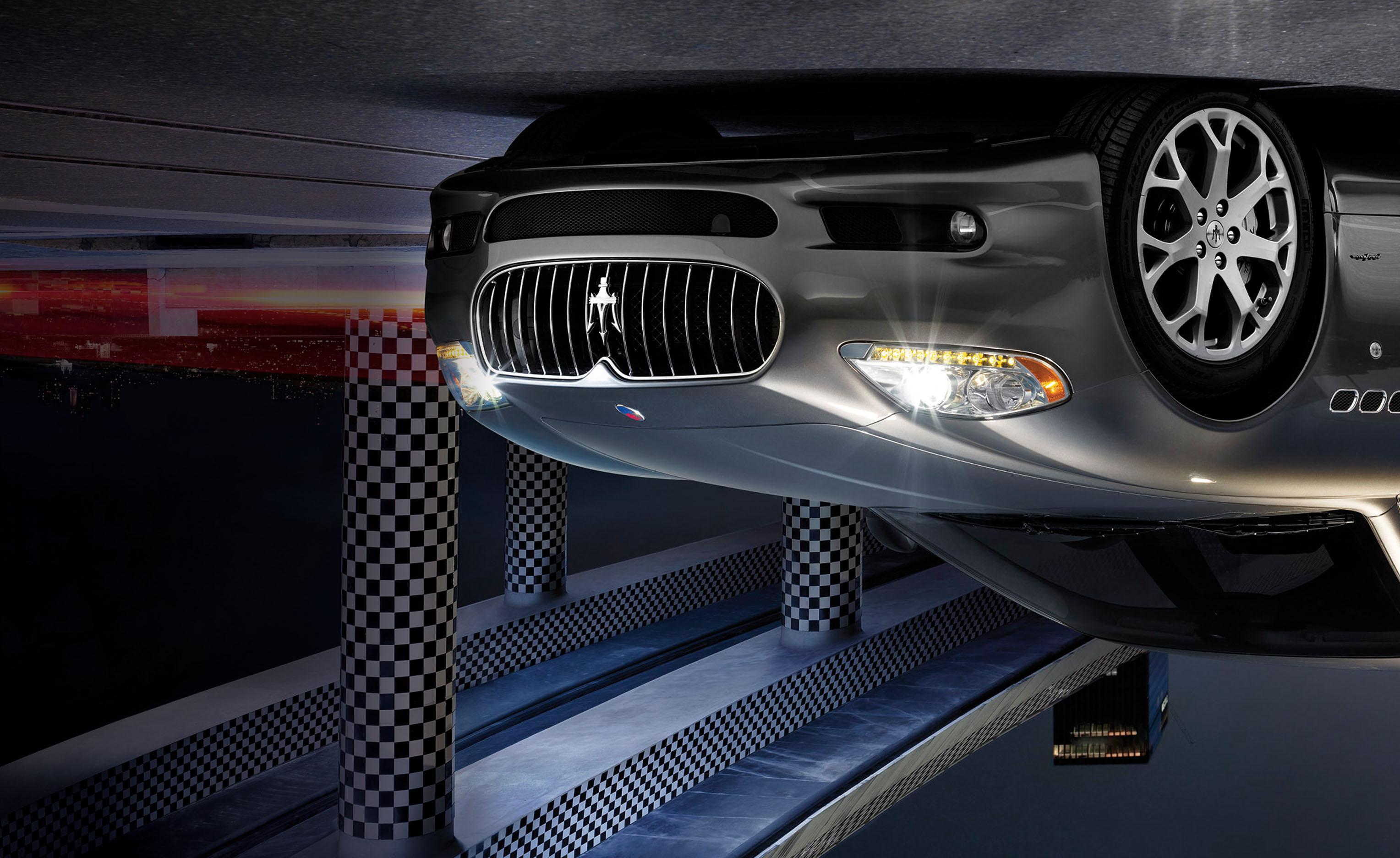
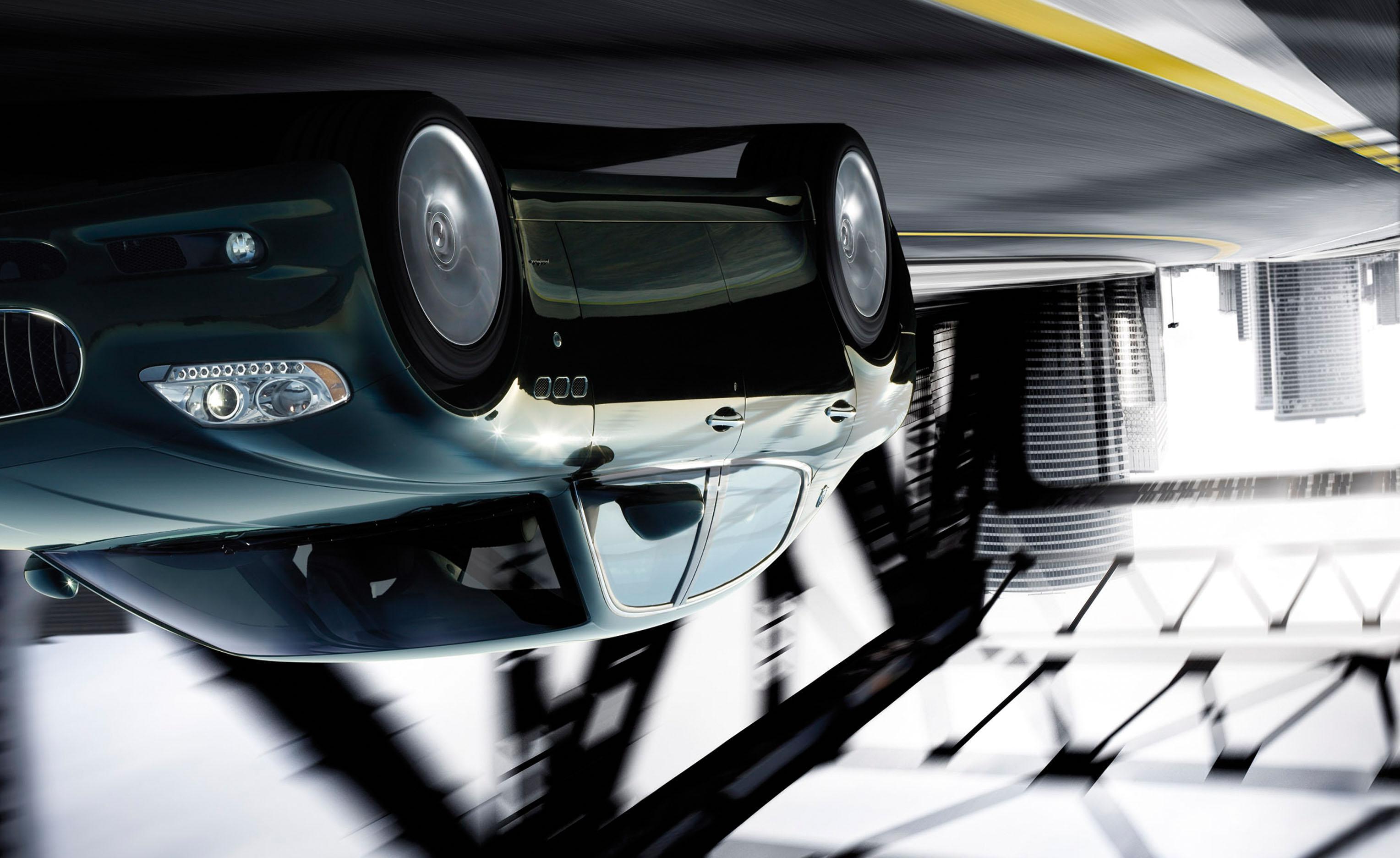
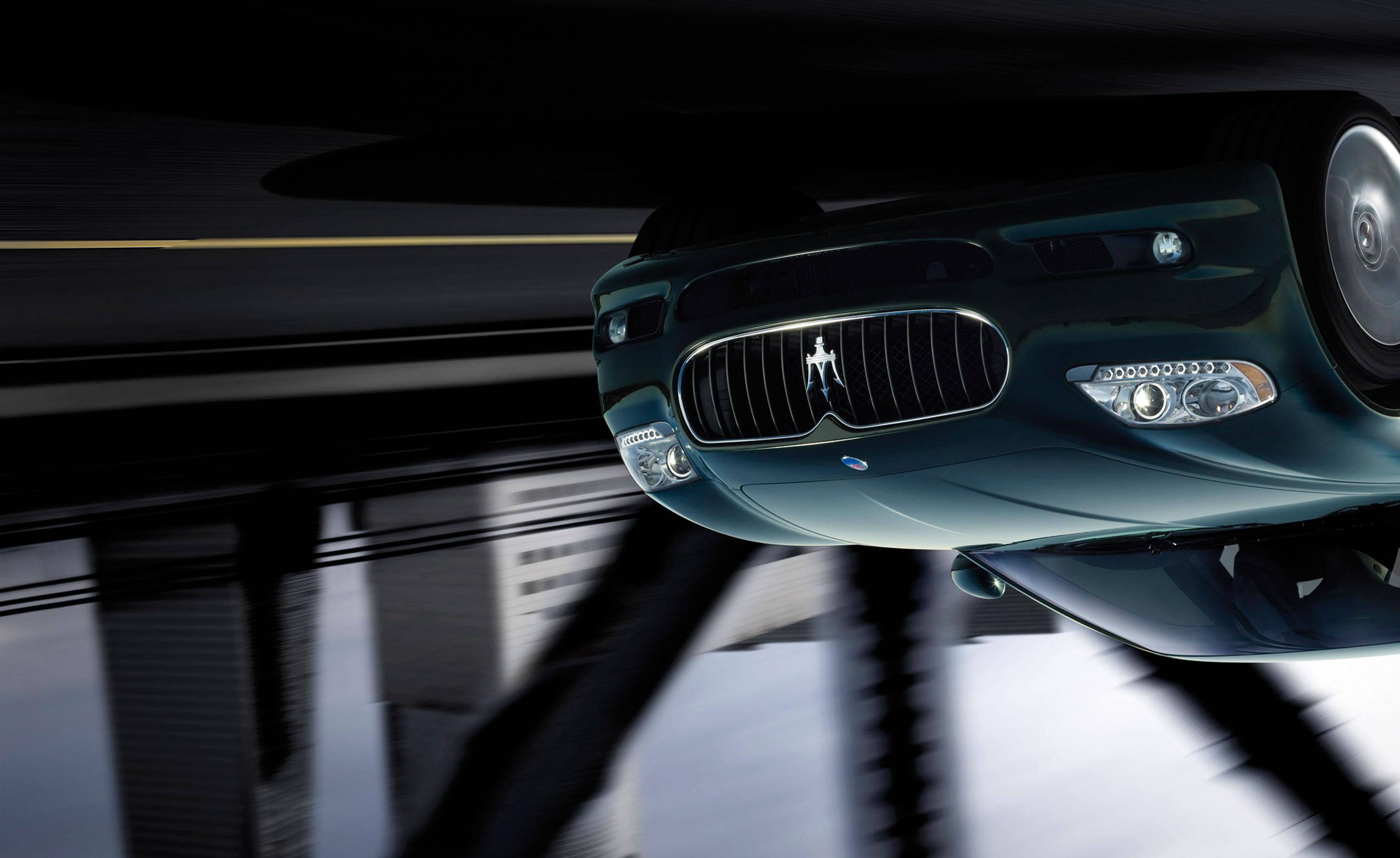
Identification plates
Chassis marking
The vehicle's registration number is punched on the underfloor, in front of the right-hand front seat. To read the number, lift the mat and remove the guard.
Engine marking
The engine serial number is stamped on the lower part of the crankcase, in the starter motor area. The engine type is indicated on the plate positioned on the front, lefthand door jamb.
Identification plates
Homologation labels
–Label for compliance with safety standards; –V.I.N. label;–Chassis type and number;
–Emission control data label.
Instruction labels
–Tire specification label; –Lubricant label; –Mercury content warning label;
–Anti-freeze label.
Key codes
A CODE CARD is supplied with the keys. This card indicates the following:
–the electronic code A to be used in the procedure for “emergency starts”
–the mechanical key code B to be given to your local Authorized Maserati Dealer when ordering duplicate keys.
WARNING: The code numbers shown on the CODE CARD should be kept in a safe place.
WARNING: You are advised to always keep the CODE CARD number with you, as this is absolutely necessary in the event of an “emergency start”.
WARNING: In the event of a vehicle ownership transfer, it is essential that the new owner is provided with all the keys and with the CODE CARD.
WARNING: It is advisable to write down and keep the codes listed on the plates delivered with the keys and the remote control in a safe place (not in the car) in order to request duplicates if needed.
